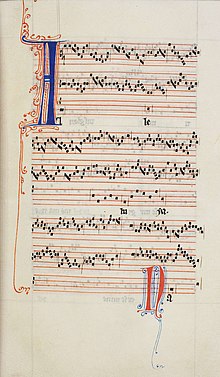Recent posts on the Tutbury Hoard led to a discussion about Thomas, Earl of Lancaster, who is the likeliest candidate for losing such an enormous amount of coinage. His wife was Alice de Lacy, whose fortunes were potentially as high but ultimately as low as his.
Alice was born on Christmas Day in 1281. She was the only surviving child of the Earl of Lincoln, Henry de Lacy, and the Countess of Salisbury, making her an heiress to two sizable estates who would be greatly desirable on the marriage market. When she was nine years old, she was betrothed to the 14-year-old nephew of King Edward I, Thomas (whose father the Earl of Lancaster made him potentially rich and powerful as well). They married when she was thirteen.
Alice's father chose to allow his titles to pass, upon his death, to his son-in-law rather than his daughter. Perhaps her father was sexist. Perhaps the king pushed this arrangement to bring those lands into the royal family in exchange for a prominent husband. At any rate, Henry could expect that his grandchildren would enjoy significant inheritances.
But there were to be no grandchildren. Either Alice was barren, or Thomas was not interested in procreating with her. He had other children: two sons out of wedlock. Alice and Thomas started to live separate lives. It was easy, therefore, for her to be abducted from her own manor of Canford, Dorset. This abduction, carried out by knights under John de Warenne, Earl of Surrey, seems not to have been for romance, but to insult Thomas, who had done Warenne wrong in an earlier matter. Thomas went to war with Warenne (settled by the king), but never asked for Alice's return.
When Thomas was executed (see here), Alice could have become wealthy since he had no legitimate heirs, but her titles were confiscated by the Crown and the king (now Edward II) imprisoned her at York as the wife of a traitor. Alice was not released until she handed over much of her inheritance and the sum of £20,000. She was given the Constableship of Lincoln Castle and allowed to remarry.
That next marriage, the second of three, was happier than the first. But then came another abduction, and a rape, and another marriage. We will continue her story next.
Alice was born on Christmas Day in 1281. She was the only surviving child of the Earl of Lincoln, Henry de Lacy, and the Countess of Salisbury, making her an heiress to two sizable estates who would be greatly desirable on the marriage market. When she was nine years old, she was betrothed to the 14-year-old nephew of King Edward I, Thomas (whose father the Earl of Lancaster made him potentially rich and powerful as well). They married when she was thirteen.
Alice's father chose to allow his titles to pass, upon his death, to his son-in-law rather than his daughter. Perhaps her father was sexist. Perhaps the king pushed this arrangement to bring those lands into the royal family in exchange for a prominent husband. At any rate, Henry could expect that his grandchildren would enjoy significant inheritances.
But there were to be no grandchildren. Either Alice was barren, or Thomas was not interested in procreating with her. He had other children: two sons out of wedlock. Alice and Thomas started to live separate lives. It was easy, therefore, for her to be abducted from her own manor of Canford, Dorset. This abduction, carried out by knights under John de Warenne, Earl of Surrey, seems not to have been for romance, but to insult Thomas, who had done Warenne wrong in an earlier matter. Thomas went to war with Warenne (settled by the king), but never asked for Alice's return.
When Thomas was executed (see here), Alice could have become wealthy since he had no legitimate heirs, but her titles were confiscated by the Crown and the king (now Edward II) imprisoned her at York as the wife of a traitor. Alice was not released until she handed over much of her inheritance and the sum of £20,000. She was given the Constableship of Lincoln Castle and allowed to remarry.
That next marriage, the second of three, was happier than the first. But then came another abduction, and a rape, and another marriage. We will continue her story next.






























